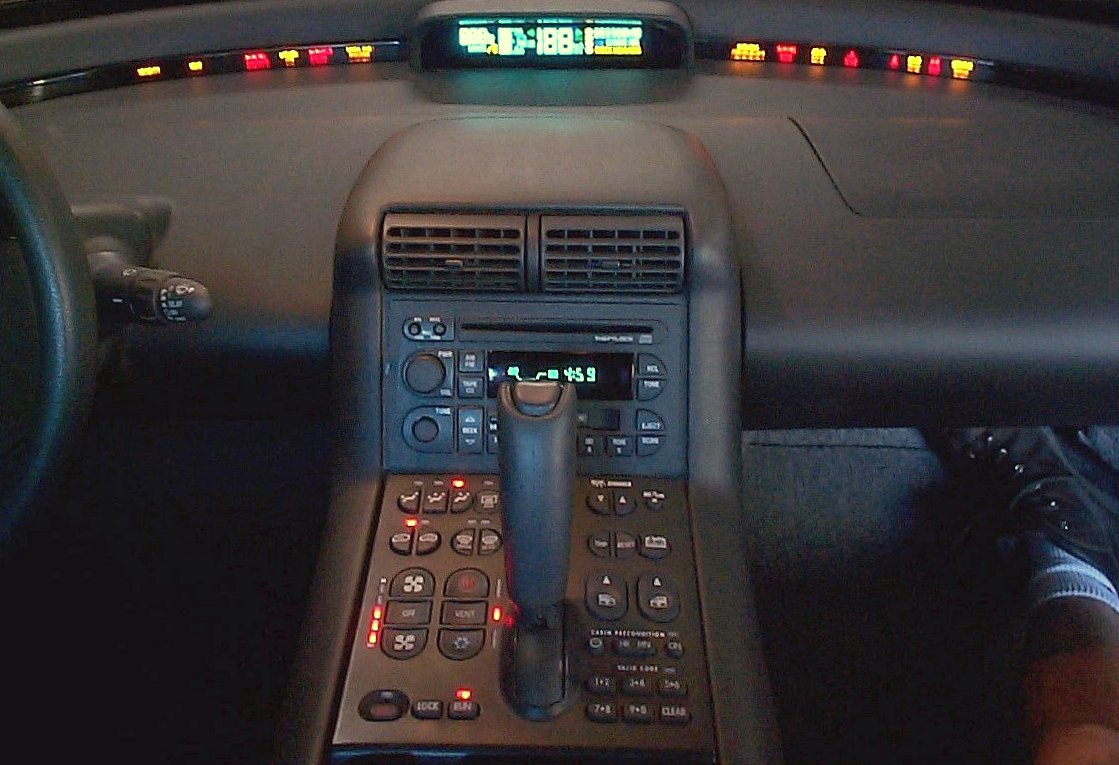Photo by Rick Rowen (RightBrainPhotography of Flickr)
Gas is expensive, as anyone who's driven recently can attest. The idea of a vehicle that doesn't use gas is a good one, and has been tried for many years. Many of the first vehicles on the road were electrically powered, but ultimately, gas powered designs won the battle. Electrics made a comeback beginning in the 1970s, first as aftermarket conversions and vehicles built by small start-up companies.By the 1990s, the technology had reached a point that a major automaker was willing to try its hand in the electric car business. Following positive reception of their 1990 Impact concept car, fifty hand built Impact vehicles were leased to consumers in 1994 for a period of one to two weeks.
Following the positive reception to the Impact, the California Air Resources Board set requirements for emission free vehicles that the seven largest car makers in the US would have to follow to sell cars in California. 2% of cars would have to be emission free by 1998, 5% by 2001, and 10% by 2003.
Although the mandate was later rescinded, GM developed the Impact into the EV1 and released it to great grandeur on December 5, 1996. The EV1 featured a lead acid battery system producing 137 horsepower.
The cars were lease-only: GM specifically disallowed purchase of the cars, which were valued at $34,000. The cars' success was further hampered by General Motors only allowing certain people to become lessees of the EV1. Hundreds of people wanted to become EV1 lessees, but GM wouldn't let them. Only 288 were sold the first year.
After 660 examples had been built, GM released a second generation EV1 in December 1999, featuring a new nickel-metal-hydride battery system that was more reliable and cost-effective. 457 of these were leased over the next eight months.
This is a story with a sad ending. On February 7, 2002, two years after the end of EV1 production, GM notified lessees that EV1s would be removed from the road. Despite numerous efforts to keep the cars on the road, GM did not extend leases and forcibly repossessed the cars. They even had police guard transport of the cars to their crush sites. Almost every EV1 was crushed; a few were donated to colleges with their powertrains deactivated, one was donated to Epcot, and one was donated to the Smithsonian. None are operational today.
Luckily, GM got their head out of their butt with the Volt, which is sold directly to consumers.

No comments:
Post a Comment